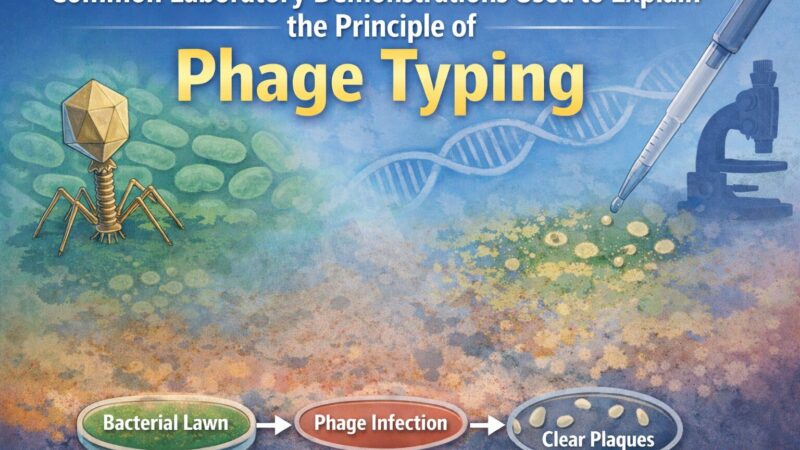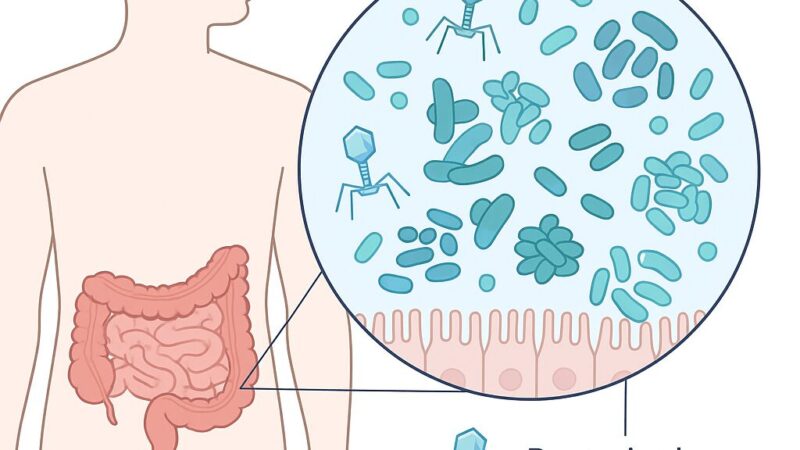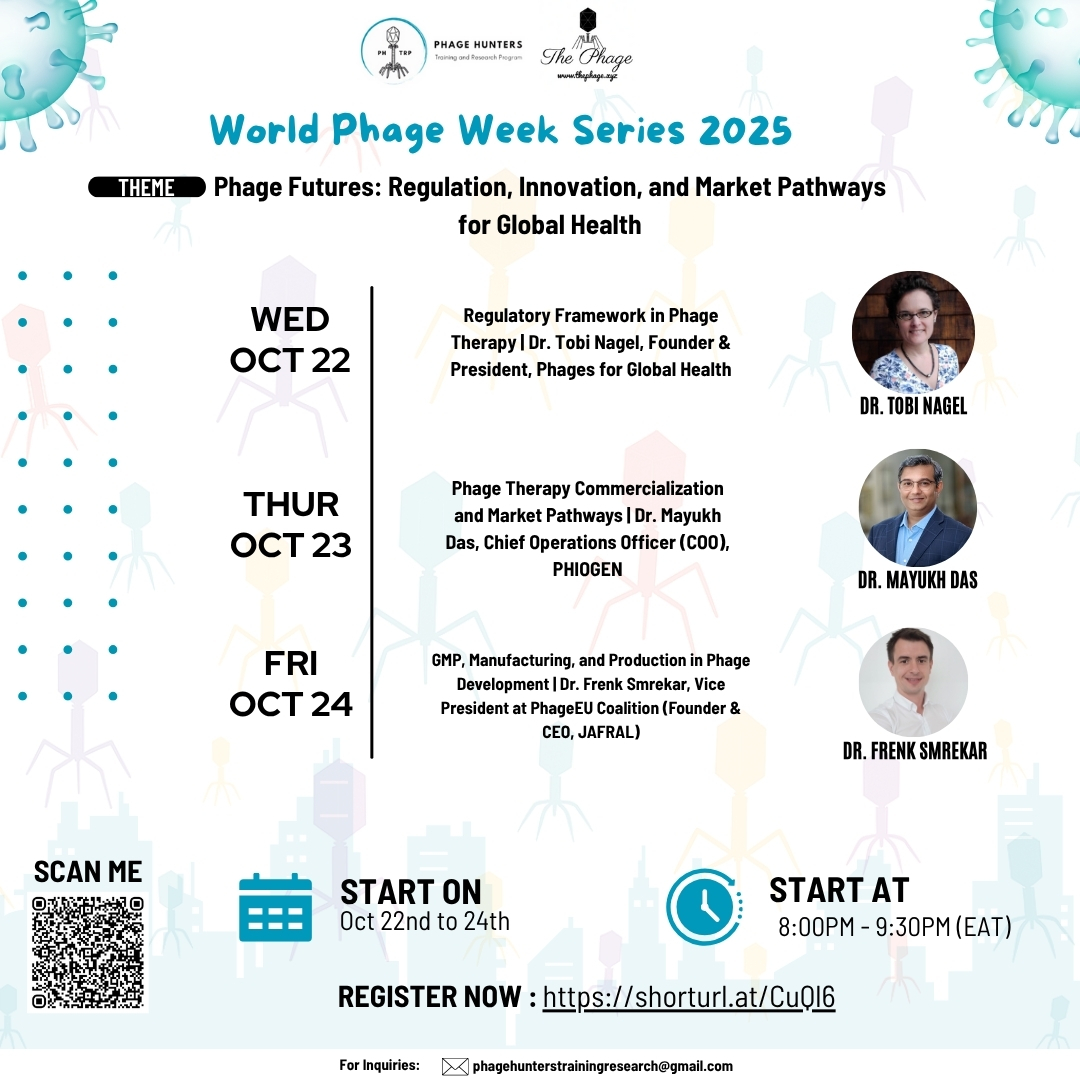
Latest from The Phage
Fresh stories, protocols, and interviews from the phage world.

Common Laboratory Demonstrations Used to Explain the Principle of Phage Typing
Introduction Phage typing is a classic microbiological technique used to distinguish between closely related bacterial strains based on their susceptibility to specific…

Decoding the Secrets of Gut Viruses Using CRISPR Technology
The human gut is home to millions of microbial lives, dominated by bacteria, Fungi and viruses. Despite being one of the prevalent…

A New Way to Fight Antibiotic Resistance: Silver Nanoparticles Built Using a Phage
Antimicrobial resistance (AMR) is one of the biggest health challenges of our time. Many pathogens that were once easily treated with antibiotics…

The Phage: Everything You Need to Know About Bacteriophages (And No, Not the Star Trek Disease)
When people search “The Phage”, something funny happens: the first result is often a Star Trek storyline about a devastating fictional disease…

Internship Opportunities at The Phage Blog
Empowering global phage education through science communication The Phage Blog is expanding, and we’re looking for motivated interns who are passionate about…

Teaching Phages to Hunt Inside Pseudomonas Biofilms
If you have cystic fibrosis (CF), you hear the same name again and again: Pseudomonas aeruginosa is a stubborn bacterium that loves…


